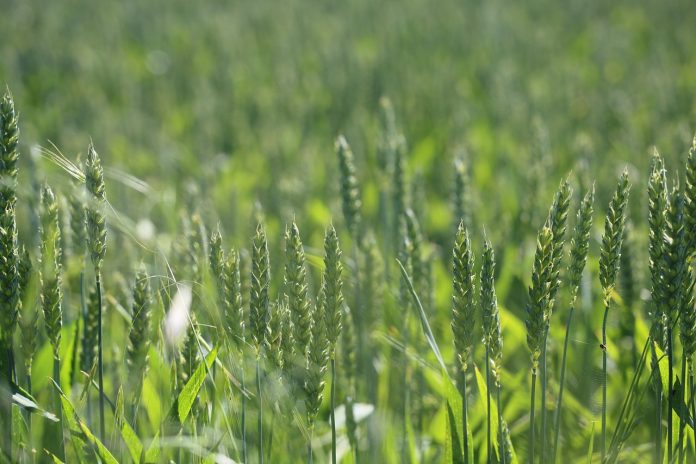Winter annual cereal grains have become as important as corn silage and alfalfa to many dairy producers around the state.
The other day one of my nephews was riding in the combine with me and said, “seems like we just planted soybeans in this field.”
I like to make his brain work while he is riding along so I asked him how long the crop was in the field if we planted it May 10.
He started counting months on his fingers and said, “four and a half months,” then added, “that’s not even half a year to grow these soybeans.”
As part of the fun and to see if he connects the dots to what his dad and brother were doing, I asked him what we could do to use the field for more months per year.
He said, “we could plant rye for cow feed.”
That was exactly what I hoped he would say.
Options
Winter annual cereals utilize six to seven months of the year and capture an additional 33% of the crop production potential each year. Cereal rye has been the primary crop, but there are other options that can be utilized to spread the risk of harvest timing.
For the highest quality forage, small grains should be harvested at Feekes nine as the flag leaf is emerging through Feekes 10, but within one week, the crop is often in Feekes 10.5, which is flowering. The four primary species grown are cereal rye, triticale, wheat and barley.
Study
In 2019, we conducted a study at the North Central, Northwestern and Jackson research stations to look at harvest timing of four winter cereal crops. Barley was dropped from the trial as a crop failure. The trial was not planted until mid-October, which is later than I would recommend planting barley.
The rest of the crops can be planted until early November when the only option as a reliable crop is Cereal Rye. In our trial, all crops were planted on the same day with 20 pounds of nitrogen applied at planting to improve tillering and an additional 50 pounds applied in the spring.
With the same planting date, rye was the first crop ready for harvest, with average yield at Feekes 10 of 1.26 dry tons, and a week later at Feekes 10.5, an additional 0.4 tons were added for a yield of 1.66 tons. The highest yielding location produced 1.6 and 2.1 tons at the two-harvest date. The crude protein was 10.9% at the early date and declined by 2% at the Feekes 10.5 harvest date.
The next species to mature was triticale, reaching Feekes 10 about a week after rye and yielding almost the same at 1.3 tons of dry matter. Over the next week and a half to reach Feekes 10.5, it added another 0.7 tons. The highest yielding location produced two tons at the early harvest date and three tons at Feekes 10.5.
The last species was ready for harvest was wheat, at about half a week after triticale. Wheat was the lowest yielding species, with only about a one-ton average during the first harvest, gaining a half-ton a week later to yield 1.5 tons of dry matter at Feekes 10.5.
Wheat was the highest crude protein at 11.7% at Feekes 10 but still declined about 2% by Feekes 10.5. Wheat also had the highest TDN of all species on both harvest dates.
Management
Management across all species for maximum production is very similar. Crops should be planted between 1-1.5 inches deep to help mitigate frost heaving damage. A seeding rate of 150 pounds per acre equals approximately three bushels.
The earlier cereal grains are planted, the more time they have to tiller. As planting dates move into late October or November, higher seeding rates up to four bushels per acre should be planted to make up for decreased tillering. Cereal rye has the latest planting date possible, into late November as a dormant seeding with little to no tillering in the spring when it emerges.
Some recent work from Penn State shows that if the goal is to maximize crude protein, spring nitrogen rates may need to be 100-150 pounds split into two applications, with the last application a minimum of 14 days prior to harvest.
Be careful, though, with these high nitrogen rates, that the crop does not lodge. Using multiple species of winter cereals helps spread the risk of harvest date and quality decline.













